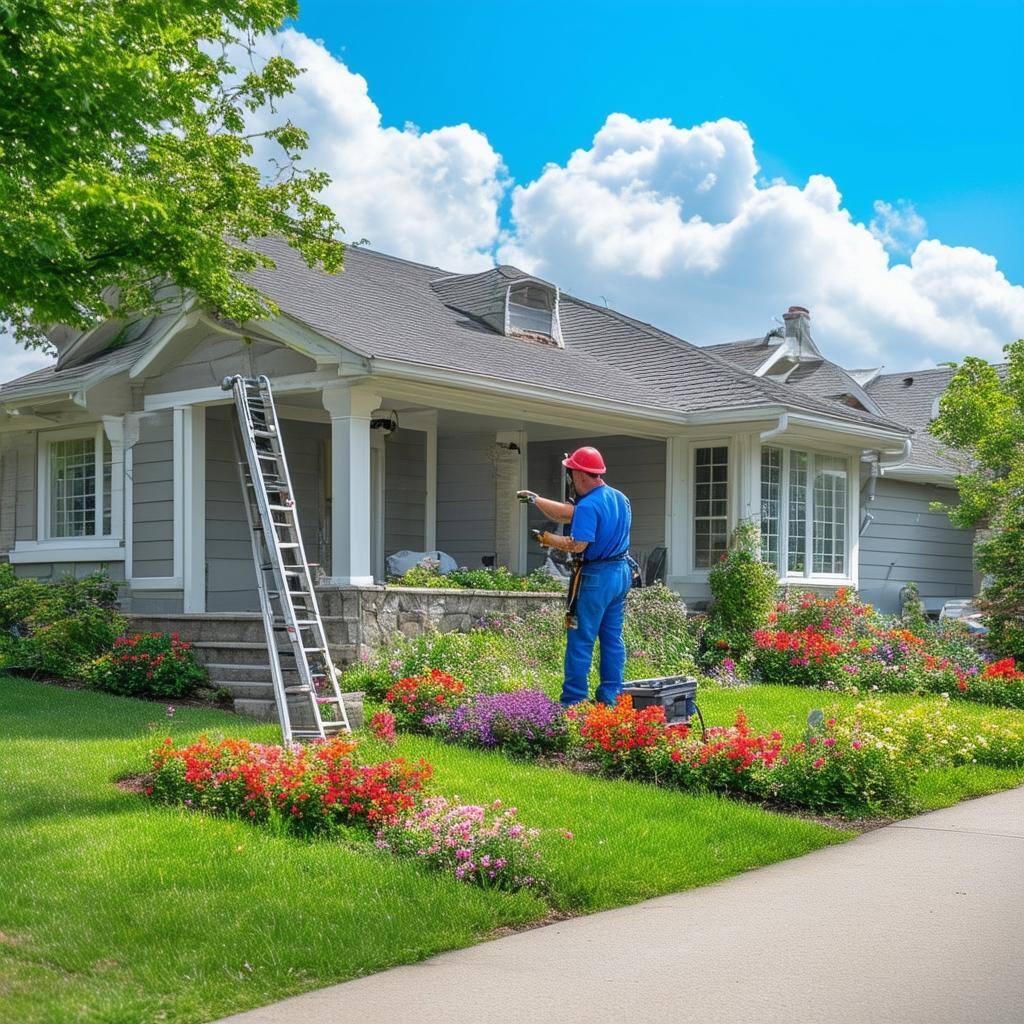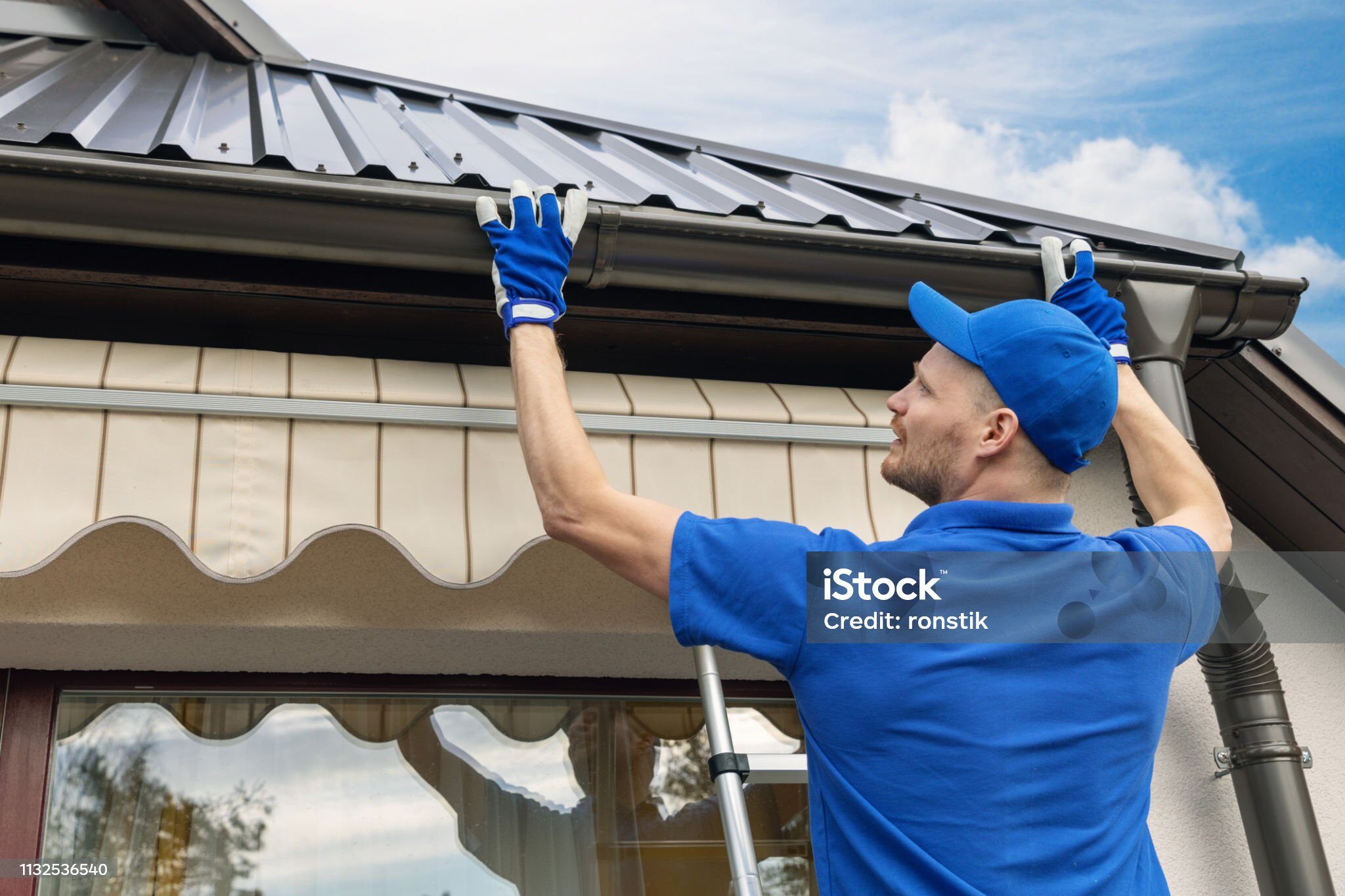Gutter Maintenance: How to Keep Your Gutters in Top Shape
Gutter Maintenance: How to Keep Your Gutters in Top Shape
Maintaining your gutters might not be the most glamorous part of homeownership, but it's essential for protecting your property from water damage. Neglecting your gutters can lead to costly repairs and potential damage to your home’s foundation, siding, and roof. Luckily, gutter maintenance doesn’t have to be complicated. Let’s break down why it matters and how you can keep your gutters in tip-top shape year-round.
Why Gutter Maintenance Matters
Gutters are responsible for directing rainwater away from your home, preventing water from pooling around your foundation or seeping into your roof. When gutters become clogged with debris like leaves, sticks, and dirt, they can’t perform their job efficiently. This leads to:
- Foundation Damage: Poorly functioning gutters allow water to pool around your home’s foundation, which can lead to cracking and shifting, compromising your home’s structural integrity.
- Roof Damage: Standing water from clogged gutters can lead to leaks, mold growth, and even rotting of the fascia boards, all of which are expensive to fix.
- Siding and Landscape Damage: Water overflowing from clogged gutters can cause siding to warp, stain, or rot. Additionally, it can erode landscaping, wash away flower beds, and ruin mulch.
Signs Your Gutters Need Attention
Knowing when your gutters need maintenance is key to preventing damage. Look for these signs:
- Overflowing Water: If you see water spilling over the sides during heavy rain, that’s a clear sign your gutters are clogged.
- Sagging Gutters: Gutters that sag or pull away from your house are likely weighed down by excess debris.
- Plants Growing in Gutters: A sure sign of neglect is vegetation sprouting up from your gutters, which indicates dirt and moisture have created the perfect environment for plants to grow.
- Staining on Siding: Water marks or stains on your home’s exterior can mean your gutters are allowing water to flow down the side of the house.
- Pooling Water Around Foundation: This can indicate that your downspouts aren’t directing water far enough away from your home or that your gutters are clogged.
DIY Gutter Maintenance Tips
You don’t need to be an expert to maintain your gutters. Here are some simple steps to keep them clean and functional:
1. Regular Cleaning
Cleaning your gutters at least twice a year—once in the spring and once in the fall—can prevent debris buildup. If your home is surrounded by trees, you may need to clean them more frequently. Use a sturdy ladder, gloves, and a garden trowel to scoop out debris, or try a gutter scoop for easy removal.
2. Flush with Water
After clearing out the debris, use a garden hose to flush the gutters and downspouts. This helps ensure there’s no remaining blockage and can reveal any leaks or cracks that need repair.
3. Inspect for Damage
While cleaning, inspect your gutters for any signs of damage, such as rust, cracks, or loose hangers. Be sure to check the fascia boards too, as these are prone to water damage. If you notice any problems, repair them immediately to avoid larger issues down the road.
4. Check the Downspouts
Downspouts play a critical role in directing water away from your home’s foundation. Make sure they are clear and free-flowing. If necessary, use a plumbing snake to remove clogs. Ensure that the water is being discharged at least 3 to 6 feet away from your foundation to prevent pooling.
5. Install Gutter Guards
If your gutters frequently fill with debris, you might want to consider installing gutter guards. These are covers or screens that fit over the gutters to prevent leaves and debris from clogging them. While they won’t eliminate the need for cleaning entirely, they can significantly reduce the frequency of maintenance.
When to Call in the Professionals
While gutter maintenance can often be a DIY task, there are some situations where hiring a professional is the best option. Consider calling a gutter contractor if:
- You notice major gutter damage or leaks that can’t be easily repaired.
- Your gutters are consistently clogged, even with regular cleaning.
- You want to install new gutters, gutter guards, or downspout extensions.
- You’re uncomfortable working on a ladder or have a multi-story home.
Choosing the Right Gutter Materials
If it’s time to replace your gutters, choosing the right material is essential for longevity and functionality. Here are some popular options:
- Aluminum Gutters: Lightweight and resistant to rust, aluminum gutters are the most common choice. They’re affordable and can last up to 20 years with proper maintenance.
- Vinyl Gutters: These are budget-friendly and won’t corrode, but they may crack in extreme temperatures. Vinyl gutters are also easy to install and come in various colors.
- Copper Gutters: Known for their aesthetic appeal, copper gutters are highly durable and can last up to 50 years. However, they come with a higher price tag.
- Steel Gutters: More durable than aluminum, steel gutters can withstand extreme weather but are prone to rust over time. Regular maintenance can help extend their lifespan.
Preventing Future Gutter Problems
To minimize future issues, here are a few additional tips:
- Trim Back Trees: If you have large trees close to your home, regularly trim them to prevent leaves and branches from falling into the gutters.
- Monitor Weather Conditions: Heavy rain and storms can lead to clogs. After severe weather, check your gutters to ensure they’re still functioning properly.
- Install Downspout Extensions: To further protect your foundation, consider installing downspout extensions to direct water even further from your home.
Final Thoughts
Gutter maintenance might seem like a chore, but it’s one of the most important tasks to keep your home safe from water damage. By keeping your gutters clean, inspecting for damage, and ensuring water flows away from your home, you’ll extend the life of your gutters and prevent costly repairs. Whether you decide to tackle this project yourself or hire a professional, staying on top of gutter maintenance is a wise investment for any homeowner.



